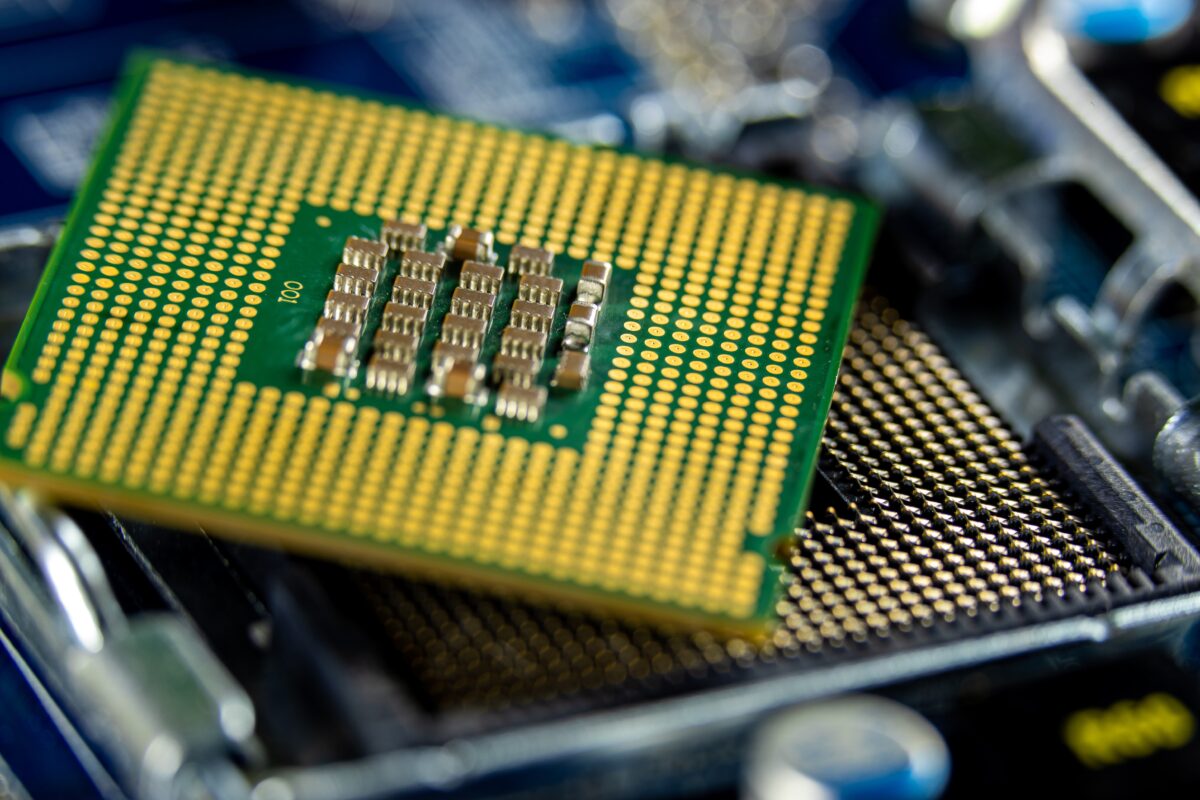CHIPS Act Update: New Developments and Their Potential Impact
The CHIPS and Science Act of 2022, a significant investment in US semiconductor manufacturing, continues to evolve.
During a Center for Strategic & International Studies event in February, Secretary of Commerce Gina Raimondo gave several updates on the CHIPS Act. Here’s a quick breakdown:
Funding Expectations: While the CHIPS Act allocated $52.7 billion for semiconductor manufacturing incentives, Secretary Raimondo stated in February that companies might receive less than initially requested. This emphasis on “doing more for less” aims to support a wider range of projects within the allocated budget.
Ambitious Goals: The Biden administration’s bold target was also revealed in the February update: the US aim to produce 20% of the world’s most advanced chips by 2030.
Focus on Fabs: Secretary Raimondo emphasized establishing at least two new large-scale clusters for “leading-edge logic chips” by 2030. These fabs are vital for producing the most advanced semiconductors used in various electronic devices.
The Impact: The increased domestic production of chips is expected to:
- Reduce supply chain disruptions: This could lead to more stable product availability and potentially shorter lead times for sourcing electronic components.
- Price fluctuations: While the long-term impact on pricing is uncertain, increased domestic production might eventually stabilize chip prices, currently subject to global market fluctuations.
- Emerging opportunities: The CHIPS Act could foster innovation and development within the US semiconductor industry, potentially leading to the emergence of new domestic chip manufacturers and suppliers.
AI Chip Development and the CHIPS Act
The US hopes to increase its lead in the development of AI chips, and the Act’s provisions include funding for research and development efforts. This could lead to the creation of more efficient and powerful AI chips, ultimately benefiting various industries like healthcare, automotive, and consumer electronics that rely heavily on AI technology.
While the specific details of AI chip development within the CHIPS Act are still unfolding, it’s an area worth monitoring as it holds significant potential for future innovation and economic growth.
Your Partner in an Evolving Electronic Component Industry
As the landscape of the electronic component industry continues to evolve, Lantek stands at the forefront as a trusted and reliable partner, ready to meet all your needs.
We understand the challenges you may face when supply chain disruptions occur, or when your current suppliers cannot meet your specific needs. That is why we are here to help. Our aim is to go beyond being a mere distributor; we aspire to be your long-term partner, dedicated to assisting you with anything you need, whenever you need it.
Lantek is uniquely positioned to not only assist with sourcing hard-to-find electronic components but also specializes in cross-referencing for obsolete parts, securing better pricing, or identifying alternative sources. We offer comprehensive solutions including scheduled orders, ensuring you have the components you need when you need them, and any other support services tailored to your specific requirements.
Contact us today and let us help you navigate the complexities of the electronic component market.

